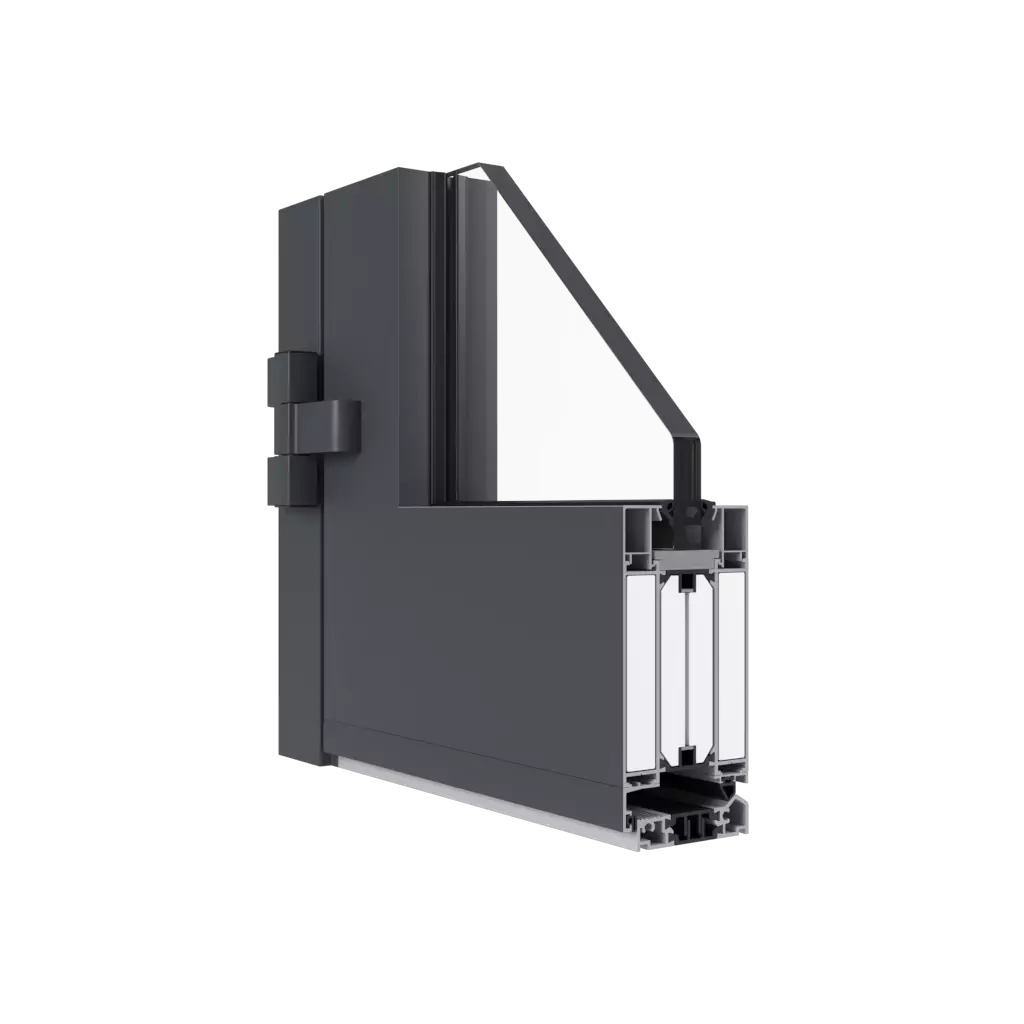What is the role of fire protection for windows?
The role of fire protection for windows is to ensure that windows or partitions will effectively retard the spread of fire, smoke and heat in the event of a fire. They are designed to ensure the safety of people, minimize the risk of smoke suffocation and reduce material losses by maintaining the structural integrity and thermal insulation of windows in the face of fire.
Fire windows have several important features that contribute to their protective function:
- Fire resistance: Fire windows are made of materials with high fire resistance. Their design and components prevent the penetration of flames and limit the spread of fire through the window. In the event of a fire, fire windows maintain structural integrity for a limited period of time, allowing more time for evacuation and rescue operations.
- Thermal resistance: Fire-resistant windows have thermal insulation properties, which means that they are able to limit heat conduction through them. This reduces the risk of indoor temperatures rising, which can help protect against damage and the spread of fire.
- Smoke protection: Fire windows are equipped with special seals that prevent smoke from passing from one area to another. This helps to keep the escape route clear of dense smoke, which facilitates orientation and minimizes the risk of suffocation.
- Marking and certification: Fire windows are marked and certified in accordance with the relevant standards and norms. The certificates confirm that the windows have passed the appropriate tests and meet the requirements for fire protection, ensuring their effectiveness in the event of a fire.









